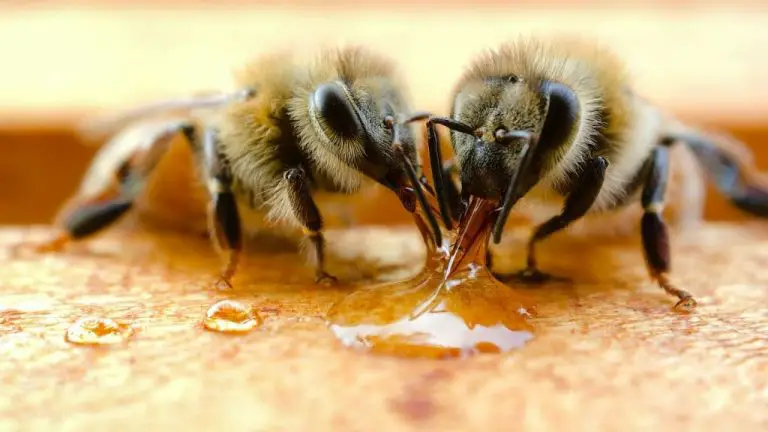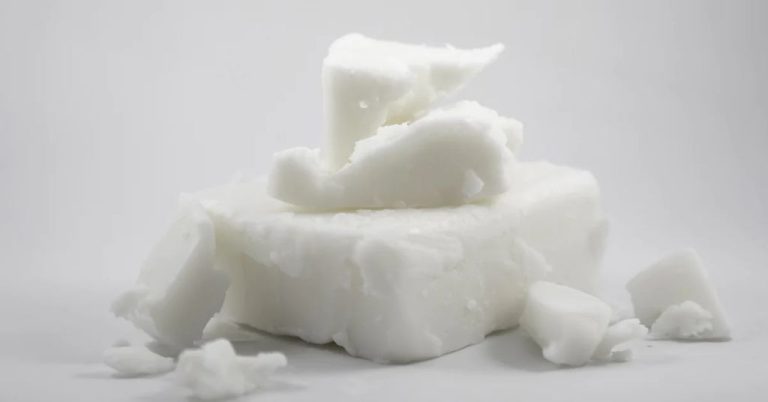Is Soy Or Paraffin Wax Better?
Soy wax and paraffin wax are two of the most common types of wax used for making candles. Soy wax is made from soybean oil and is considered a natural, renewable resource. Paraffin wax is made from petroleum and is thus derived from fossil fuels.
Both waxes have their advantages and disadvantages when used for candle making. Some key factors to consider are cost, burn time, scent throw, texture, sustainability, and safety.
This article will compare soy wax versus paraffin wax across these different criteria to help determine which may be the better option for certain candle making needs.
Definition
Soy wax is made from hydrogenated soybean oil. It is a vegetable-based wax made from renewable and sustainable soybeans (Glycine max). Soy wax was first commercially produced in 1992 as an alternative to paraffin wax for candle making. It has a low melting point and is often blended with other waxes. Soy wax is biodegradable and made from a renewable resource.
Paraffin wax is a petroleum-based wax made from hydrocarbon molecules. It is derived from petroleum crude oil through the distillation process. Paraffin wax has a crystalline structure and is typically hard, odorless, tasteless, and whitish or colorless. It has a relatively high melting point and is commonly used for candle making, sealing jars, and waterproofing.
Sources: https://lonestarcandlesupply.com/soy-vs-paraffin/, https://www.linkedin.com/pulse/what-difference-between-soy-wax-paraffin-raymond-dai
Manufacturing Process
Soy wax is derived from soybeans. After harvesting, the beans are cleaned, cracked, de-hulled, and rolled into flakes (SimpleNessCollection). The flakes are then processed and hydrogenated to convert the soybean oil into wax.
Paraffin wax is derived from petroleum crude oil. The crude oil is distilled into fractions, and the heaviest fractions are de-waxed by cooling and filtering to separate the wax from the oil. The wax then goes through a process called hydrocracking which uses hydrogen under high heat and pressure to produce the different wax grades (International Waxes).
In summary, soy wax comes from a renewable plant-based source while paraffin wax is a byproduct of non-renewable petroleum. The manufacturing processes also differ significantly.
Cost
When comparing the cost of soy wax versus paraffin wax, soy wax tends to be more expensive. According to Raymond Dai in an article on LinkedIn, “According to market research conducted by our research team, the average cost of Soy wax is around $5 per pound, while Paraffin wax is slightly lower at $3 – $4 per pound.”
The price difference is due to the fact that soy wax is made from soybeans, a renewable resource that must be grown and harvested. Paraffin wax, on the other hand, is a byproduct of petroleum refining, so it is much cheaper to produce. As Amy Slatkin points out on the Slatkin & Co. blog, “This is due to the fact that soy wax is made from renewable sources.”
For candle makers and other users, the higher price of soy wax does get passed on to the end consumer. As noted by Simpleness Collection, “Soy wax candles are more expensive than paraffin candles.” However, soy wax advocates argue that you get benefits from soy that make it worthwhile despite the higher price tag.

Environmental Impact
When it comes to sustainability and eco-friendliness, soy wax has a clear advantage over paraffin wax. Soy wax is made from soybeans, a renewable and biodegradable resource. The production of soy wax requires less energy and emits fewer greenhouse gases than paraffin wax, which is derived from petroleum. Unlike paraffin, soy wax is also compostable at the end of its life cycle.
Paraffin wax comes from non-renewable crude oil and takes a significant amount of energy to produce. The extraction of crude oil harms the environment through drilling, fracking, oil spills and more. Furthermore, paraffin wax is not biodegradable and will persist in the environment. When burned, paraffin candles release compounds like toluene and benzene, which can be toxic. Soy wax, on the other hand, burns much cleaner.
For those concerned about their carbon footprint and environmental health, soy wax is the more sustainable choice. Its renewability, lower emissions, and biodegradability give it a clear advantage over paraffin in terms of eco-friendliness.
Performance
When it comes to performance, there are some key differences between soy wax and paraffin wax candles. Some of the main factors to compare are burn time, melting point, and scent throw.
In terms of burn time, soy wax candles typically burn longer than paraffin candles. According to Grove, soy wax candles burn for around 18 hours per 4 ounces of wax, while paraffin burns for about 15 hours. The higher density of soy wax allows it to burn slower and longer.
Soy wax has a lower melting point, between 120-135 degrees Fahrenheit, compared to paraffin which melts between 130-150 degrees. This means soy wax candles tend to melt and pool wax faster than paraffin. The warmer pool of liquid wax can lead to a stronger scent throw with soy.
When it comes to scent diffusion, soy wax performs better than paraffin wax. The natural soy wax allows fragrance oils to bind tightly and fully release when burned. Paraffin wax is a petroleum product that does not hold fragrances as efficiently. Soy candles tend to fill a room with fragrance better than paraffin.Lone Star Candle Supply notes soy wax requires less fragrance oil than paraffin to achieve the same scent strength.
Health and Safety
When it comes to health and safety, soy wax has some advantages over paraffin wax. Paraffin wax is derived from petroleum, and there have been concerns over the years that burning paraffin candles releases compounds like toluene and benzene, which can be toxic. Some studies have found paraffin candles emit more soot and release more compounds like acetaldehyde compared to soy wax candles. However, other studies have found paraffin candle emissions are not at levels that pose significant health risks for most people.
Soy wax is made from soybean oil, which is considered a more natural and renewable resource than petroleum. Soy wax itself does not contain proteins that cause soy allergies. However, soy wax candles are often blended with essential oils and other ingredients that could potentially cause allergic reactions in some individuals. As with any candle, it’s important to pay attention to the specific ingredients.
In general, burning any candle produces some emissions that should not be inhaled for prolonged periods in an unventilated space. But soy wax and paraffin candles fall within accepted safety limits for home use if burned properly and moderately. Those with asthma or chemical sensitivities may wish to be more cautious with any scented candle.
Aesthetics
When it comes to aesthetics, there are some key differences between soy wax and paraffin wax. Soy wax tends to have a creamier, softer look and feel than paraffin wax, which has a more translucent, glossy appearance. According to The Flaming Candle, paraffin wax candles often have “brighter, bolder colors” compared to soy wax candles. This is because the natural color of soy wax can dilute dye colors. Paraffin wax also allows for a smoother frosting effect on candles.
However, some prefer the more muted, natural look of soy wax candles. The creamy appearance of soy wax can give candles a homemade, artisanal quality. Soy wax is also often preferred for container candles, as it nicely adheres to the sides of glass and metal containers. Paraffin, being more rigid, can pull away from container walls. Ultimately, aesthetics come down to personal preference. Those wanting vibrant colors and bold effects may prefer paraffin, while those wanting a cozier, organic look may favor soy.
Uses
Soy wax and paraffin wax are both commonly used to make candles. Soy wax is praised as a natural, renewable resource that produces clean-burning candles. However, paraffin wax candles tend to burn longer and release fragrance better than soy wax candles (Slatkin and Co.). Soy wax is also sometimes used in skin care products as an emollient, though paraffin wax has superior occlusion properties that help seal in moisture (Lonestar Candle Supply). Finally, both waxes can be used as art media, though soy wax’s lower melting point makes it easier to work with for certain techniques.
Conclusion
In summary, both soy wax and paraffin wax have advantages and disadvantages. Soy wax is derived from a renewable resource making it more environmentally friendly. It is also non-toxic and burns cleaner. However, soy wax is more expensive and can be difficult to work with requiring more specialized equipment. It also has a lower melting point and requires more frequent trimming of the wick.
Paraffin wax is made from petroleum making it less sustainable. It can release toxins when burned and create more soot. However, paraffin wax is inexpensive, easy to use, and has a higher melting point creating a stronger throw. It also allows more flexibility in wax blends.
Overall, for environmentally-conscious consumers or those concerned about toxin exposure, soy wax is likely the better choice despite the higher cost. For candle makers focused on ease of use and affordability, paraffin may be preferred. Consider personal values and needs when deciding between these two common candle wax options.




